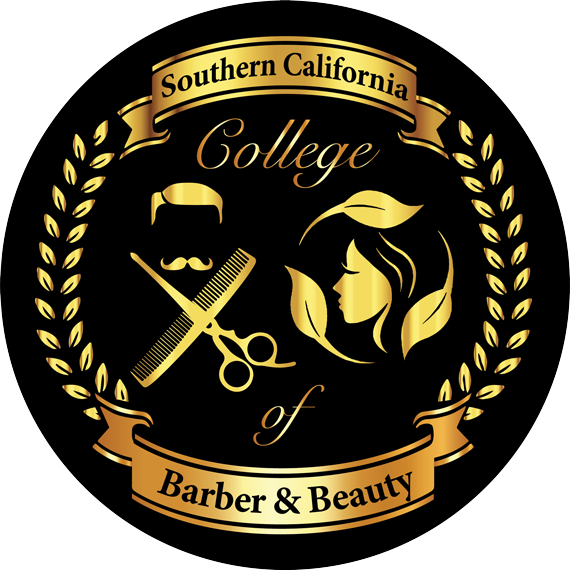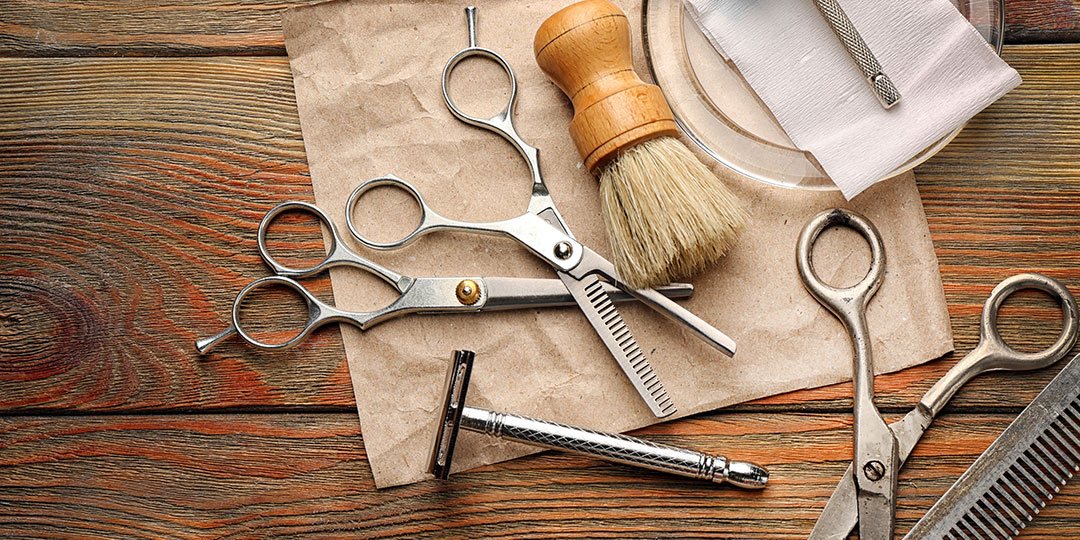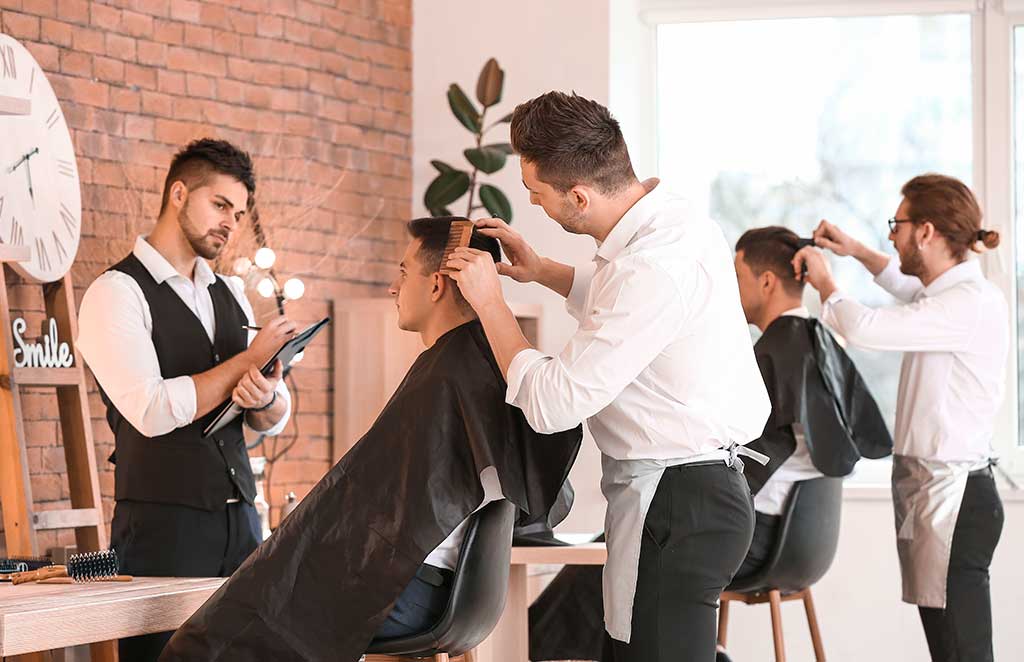If you are passionate about the art of grooming and want to pursue a career as a professional barber, you will need to know how to get a barber license. This essential document is your ticket to legally practice barbering and offer your services to clients. In this comprehensive guide, we will walk you through the steps to obtain your barber license, including the fastest way to get one and the time it typically takes to achieve this goal.
Step 1: Research Your State Requirements
The first and most crucial step in obtaining your barber license is to research the specific requirements in your state. Each state in the U.S. has its own set of regulations and licensing criteria for barbers. Visit your state’s licensing board website or contact them directly to understand the exact qualifications, educational hours, and examination requirements you must meet.
Step 2: Enroll in a Barber Program
To become a licensed barber, you must complete a formal barber program. These programs are typically offered by vocational schools, community colleges, or dedicated barbering schools. During your barber program, you will receive comprehensive training in haircutting, shaving, beard trimming, and other essential skills. Be sure to select a state accredited program recognized by your state’s licensing board. Enroll in a recognized barber program to kickstart your journey.
Step 3: Fulfill Educational Requirements
The next step is to complete the mandatory educational hours as mandated by your state. The number of hours can vary widely, but it typically ranges from 1,000 to 2,000 hours of training. Your barber program will include both classroom instruction and hands-on practice, covering topics like sanitation, hair types, and styling techniques.
Step 4: Pass the State Licensing Exam
Once you have completed your barber program and met the educational hour requirements, you must pass the state licensing exam. This exam typically contains a written part to test your theoretical knowledge and a practical exam to assess your barbering skills. It is essential to thoroughly prepare for this exam, as passing it is a crucial step toward obtaining your barber license.
Step 5: Fulfill Apprenticeship Requirements (If Applicable)
In some states, you may have the option to fulfill part of your barbering training through an apprenticeship program. If your state allows apprenticeships, you will need to find a licensed barber who is willing to serve as your mentor. Under their guidance, you will gain hands-on experience and log a specific number of training hours to meet state requirements.
Step 6: Request For Your Barber License
After successfully passing the state licensing exam and completing any apprenticeship requirements, apply for your barber license through your state’s licensing board. Be prepared to submit the necessary documents, including proof of education, exam results, and any fees required for the application process.
Step 7: Maintain Continuing Education
Even after getting your barber license, you need to stay up-to-date with changing industry trends and practices. Many states require licensed barbers to complete continuing education courses regularly. These courses help you refine your skills, learn about new products, and stay compliant with evolving regulations.
Step 8: Network Within the Industry
Building a strong network within the barbering industry can open opportunities for growth and mentorship. Attend industry events, join professional associations, and connect with experienced barbers. Networking can provide valuable insights, job referrals, and access to a community of like-minded professionals.
Step 9: Consider Specialization
As a licensed barber, you have the option to specialize in a particular area of the field. Whether you are interested in men’s grooming, hair design, or becoming a master of classic cuts, specializing can help you stand out in the competitive world of barbering. Consider taking advanced courses or certifications to enhance your expertise in your chosen niche.
Step 10: Build an Impressive Portfolio
Creating a portfolio of your work is essential in showcasing your skills and attracting clients. Document your best haircuts, beard trims, and other grooming services with high-quality photographs. A well-curated portfolio can serve as a powerful marketing tool, helping you secure clients and job opportunities.
Step 11: Master Customer Service
Excellent customer service is a fundamental aspect of a successful barbering career. Building strong client relationships, listening to their preferences, and providing a memorable experience will keep clients coming back and lead to positive reviews and referrals. Outstanding service is often the key to long-term success.
Step 12: Stay Informed About Licensing Renewals
After obtaining your barber license, it is essential to stay informed about renewal requirements in your state. Licenses typically need to be renewed periodically, and you will be responsible for meeting any continuing education or fee obligations. Failure to renew your license on time can result in its expiration, which could temporarily halt your ability to practice as a barber.
Step 13: Invest in High-Quality Tools
As a professional barber, your tools are your lifeline. Invest in high-quality clippers, scissors, razors, and grooming products to provide the best services to your clients. Well-maintained tools not only improve the quality of your work but also reflect your commitment to your craft.
Step 14: Explore Advanced Certifications
To further distinguish yourself in the field of barbering, consider pursuing advanced certifications. These may include certifications in men’s grooming, skin care, or hair color techniques. These additional qualifications can open doors to higher-paying positions and specialized clientele.
By incorporating these five points into your journey to becoming a licensed barber, you will be better prepared to excel in your career and stand out in a competitive market. Barbering is not only about skill but also about professionalism and commitment to your clients and craft.
Your Barbering Success Awaits!
With the knowledge of how to get your barber license and the understanding of what it takes to excel in this dynamic field, you are poised for a successful and rewarding career as a licensed barber. Remember that your journey does not end with obtaining your license; it is just the beginning.
Start building your portfolio, honing your customer service skills, and investing in your tools and education. Your dedication and commitment will set you apart in the industry, ensuring that your barbering success continues to grow.
For more information on barbering programs and licensing assistance, visit our Barbershop.




